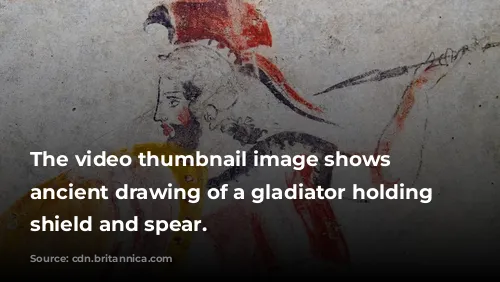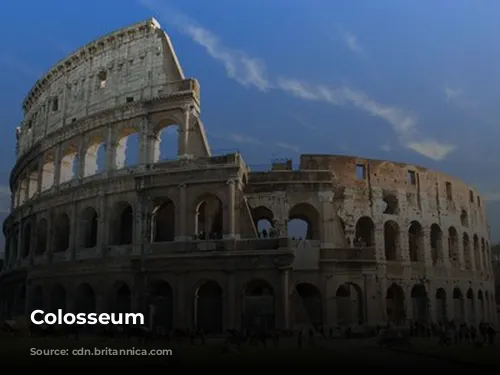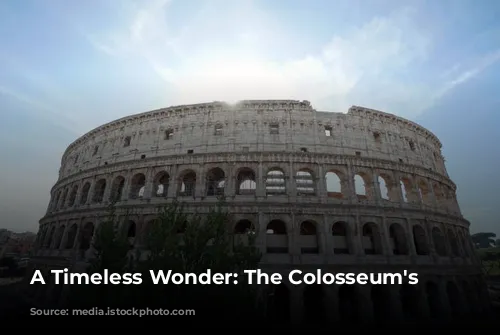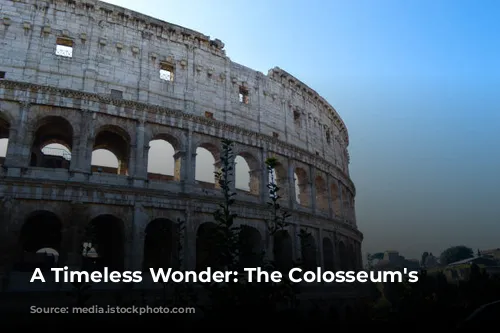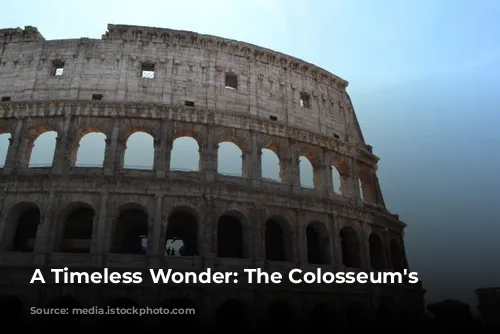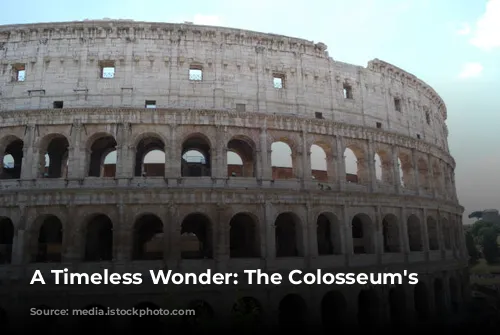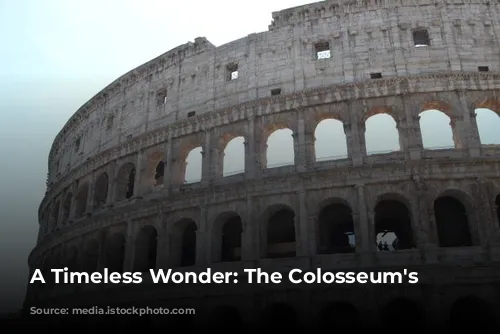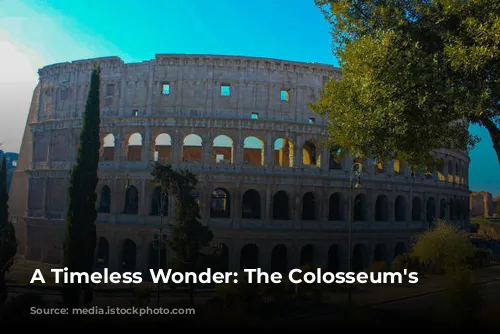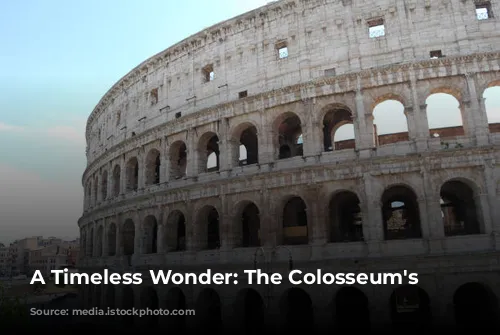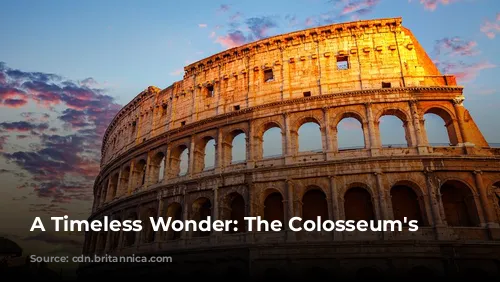The Colosseum: a majestic monument standing as a testament to ancient Rome’s remarkable architectural and engineering achievements. It’s also a vital engine for Italy’s economy, attracting millions of visitors each year. In 2018, the Colosseum, Roman Forum, and Palatine Hill together generated over $63.3 million (€53.8 million), making it Italy’s top tourist attraction.
This ancient wonder hasn’t always been the celebrated landmark it is today. Following the fall of the Western Roman Empire, the Colosseum fell into a state of disrepair. The Frangipane and Annibaldi families used it as a fortress during the 12th century. The 15th century saw a further decline as Pope Alexander VI allowed the Colosseum to be used as a quarry. After over a thousand years of neglect, state-funded restoration efforts finally began in the 1990s, bringing the Colosseum back to life.
A Symbol of Power and Entertainment
The Colosseum’s construction began under Emperor Vespasian between 70 and 72 CE, as part of an imperial effort to revive Rome after the chaos of the “Year of the Four Emperors” in 69 CE. The Colosseum was meant to be a grand entertainment venue, like other amphitheaters. It hosted gladiator fights, animal hunts, and even mock naval battles, providing a spectacle for the Roman people.
The structure was completed and dedicated in 80 CE by Vespasian’s son and successor, Titus, with a 100-day celebration. Emperor Domitian later added the fourth story in 82 CE. The Colosseum’s funding was a stark reminder of Rome’s imperial ambitions, coming from plunder taken from Jerusalem by Titus in 70 CE. The very construction of the Colosseum involved the forced labor of Jewish slaves from Judaea.
An Architectural Marvel
The Colosseum, also known as the Flavian Amphitheatre, is an elliptical structure built using stone, concrete, and tuff. It rises four stories tall, spanning 620 by 513 feet (189 by 156 meters). The Colosseum could accommodate up to 50,000 spectators, who witnessed gladiatorial combat, among other events.
The Colosseum’s construction is a testament to Roman engineering skills. Unlike earlier amphitheaters built into hillsides, the Colosseum is a freestanding structure, relying on a complex system of barrel vaults and groin vaults. Its facade is a masterpiece of architectural design, featuring three stories of arcades, framed by engaged columns in the Doric, Ionic, and Corinthian orders. This structure’s unique arrangement of columns, known as the assemblage of orders, became a cornerstone of Renaissance architecture.
A Stage for Spectacle and a Symbol of Endurance
The Colosseum was equipped with a massive retractable awning, the velarium, to shield spectators from the sun. Hundreds of Roman sailors were needed to operate the complex rigging system that extended and retracted the awning.
The Colosseum became a stage for a wide range of spectacular events, including gladiator fights, contests between men and animals, and even mock naval battles. While there is debate about whether early Christians were martyred in the arena, the Colosseum’s enduring legacy is firmly linked to the spectacles it hosted.
The Colosseum: Through the Ages
After the fall of the Roman Empire, the Colosseum fell into disrepair, used first as a church and later as a fortress by two influential Roman families, the Frangipane and the Annibaldi. Lightning strikes, earthquakes, vandalism, and pollution further damaged the structure. Marble seats and decorative materials were stripped away, making the Colosseum a quarry for over a thousand years.
Fortunately, efforts to preserve the Colosseum began in the 19th century, notably led by Pope Pius VIII. Large-scale restoration work began in the 1990s, bringing the Colosseum back from the brink of ruin.
Today, the Colosseum stands as one of Rome’s top tourist attractions, attracting nearly seven million visitors annually. Regular exhibitions exploring ancient Roman culture further enhance its appeal. The Colosseum is not just a relic of the past; it is a vibrant monument that continues to captivate and inspire.
